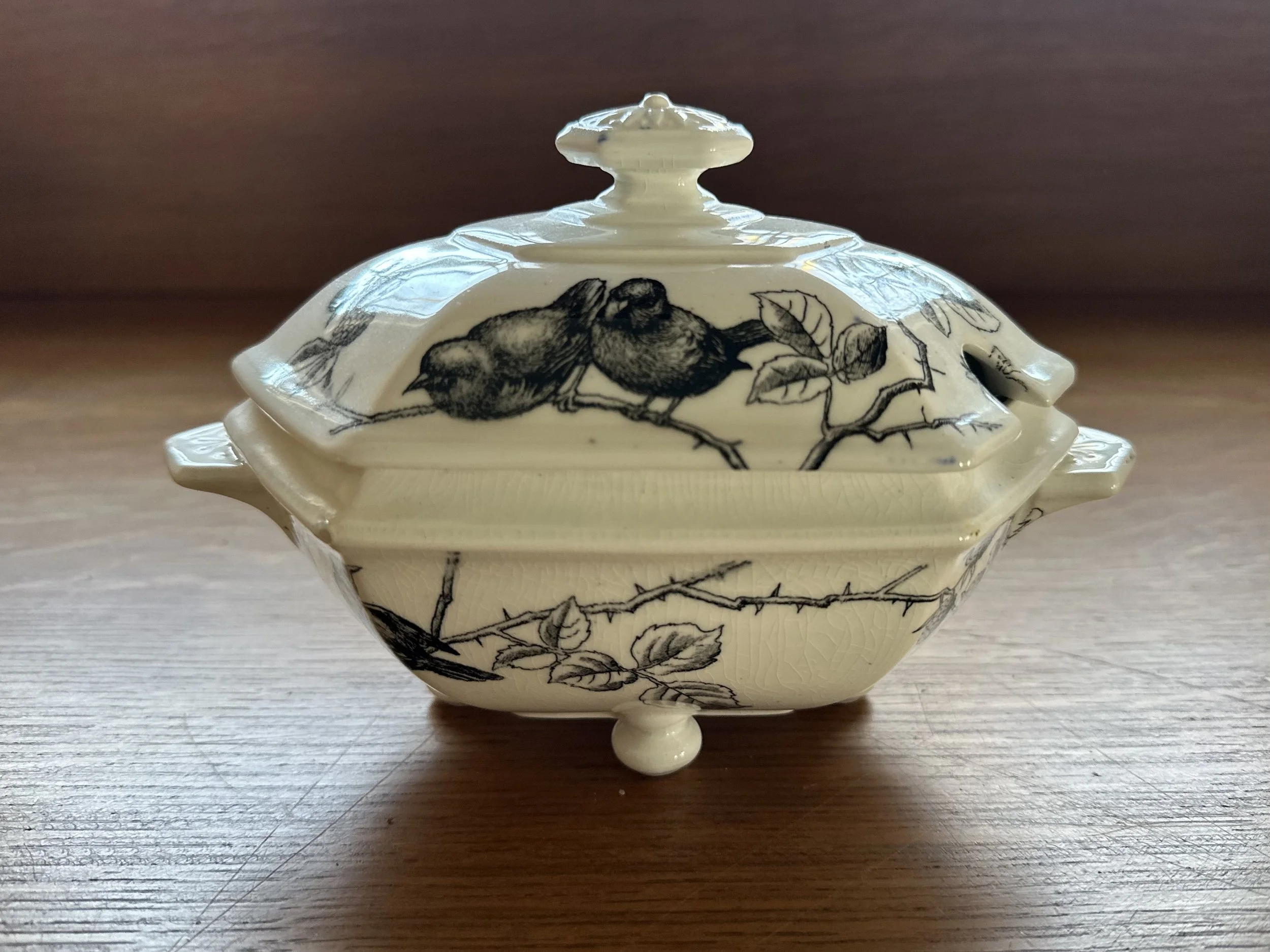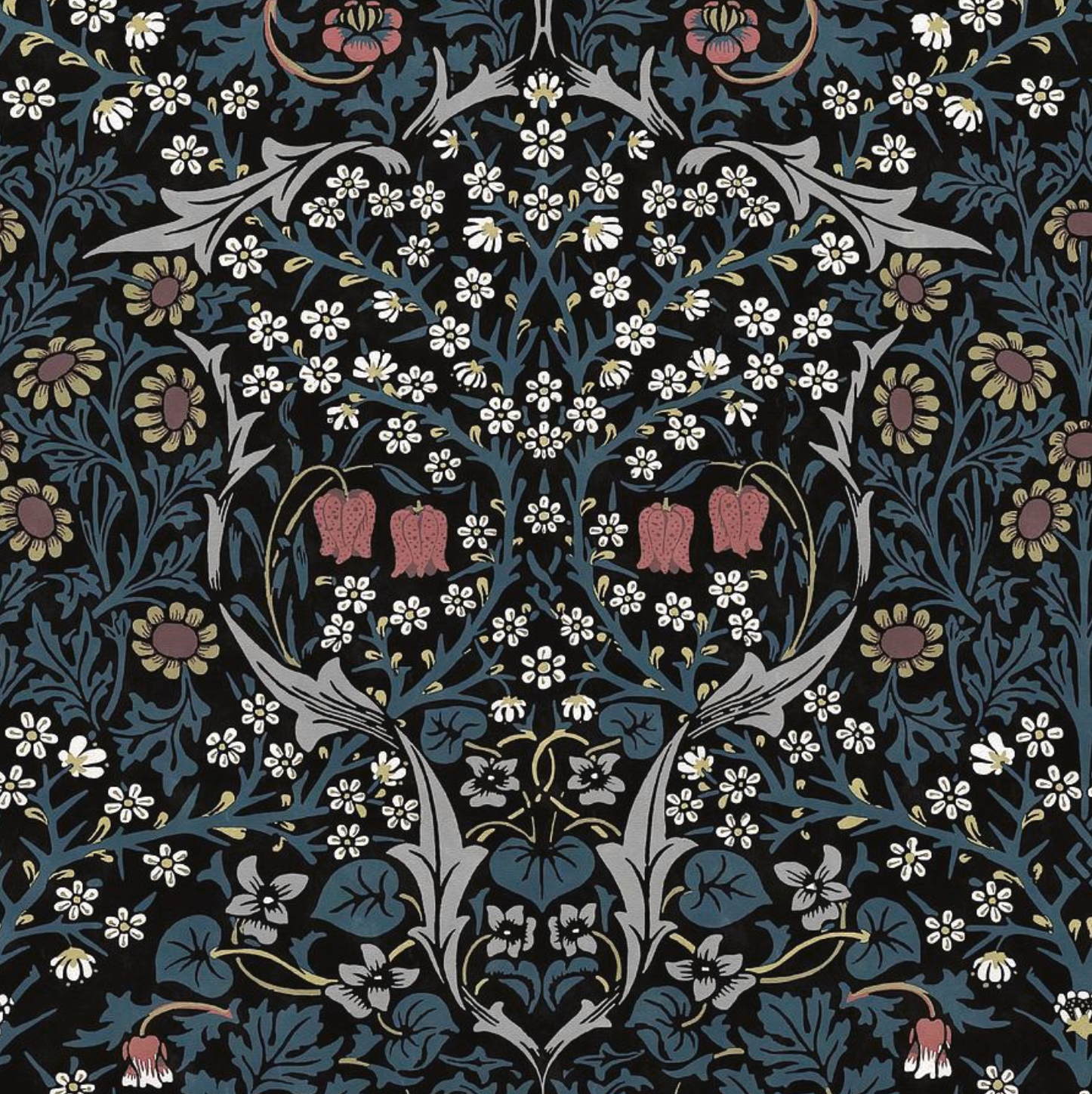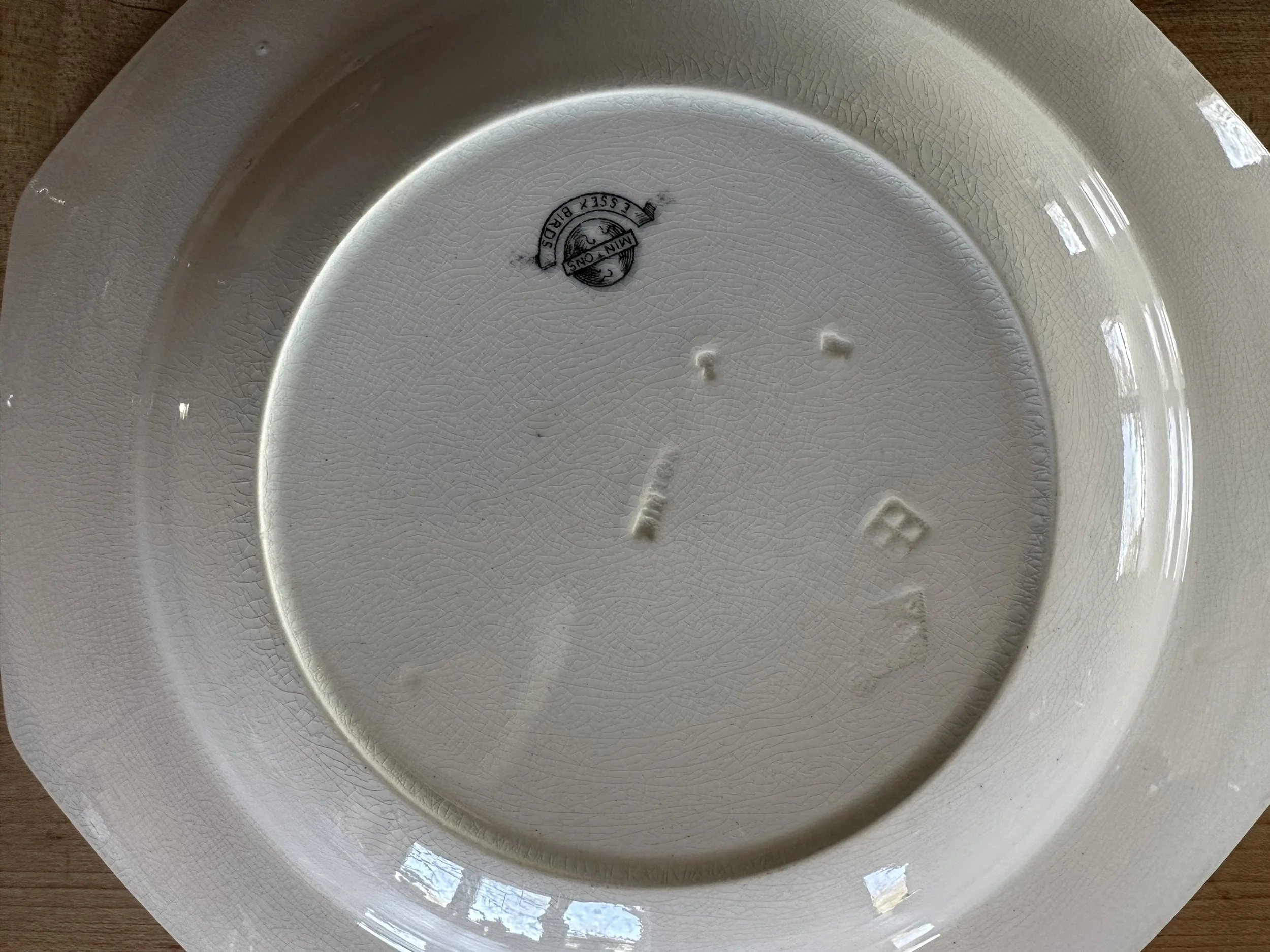The Aesthetic Movement
Some of our favorite pieces in the shop are artifacts from the Aesthetic Movement, which spanned from 1870-1900. Conceived in England, the movement was a creative reaction to what was perceived as “ the inhuman result of the machine” in art, culture and the built environment. In short, it was both an effort to create things of lasting beauty, and celebrate “art for art’s sake,” flying in the face of the Industrial Revolution. Its proponents believed that art should break away from being strictly utilitarian, and move toward more beauty in everyday life. We couldn’t agree more!
Visionaries such as William Morris, Christopher Dresser and James McNeill Whistler led the way in bringing decorative furnishings and art to a new level of artistry in terms of materials, quality in craft, and especially the use of color. Nothing was left unconsidered; wall coverings, furniture, metal works, studio art, glassware and other decorative items all shared the same obsession with beauty, craft and purity of expression.
The Aesthetic Movement posed a challenge to the Victorian public when it declared that art ought to be divorced from any moral or narrative content. In a time when art was supposed to tell a story, the idea that simple, pure expression of an emotion or something just beautiful to look at was a radical concept. This idea that a work of art can break free from narrative was an important step toward Modern Art.






